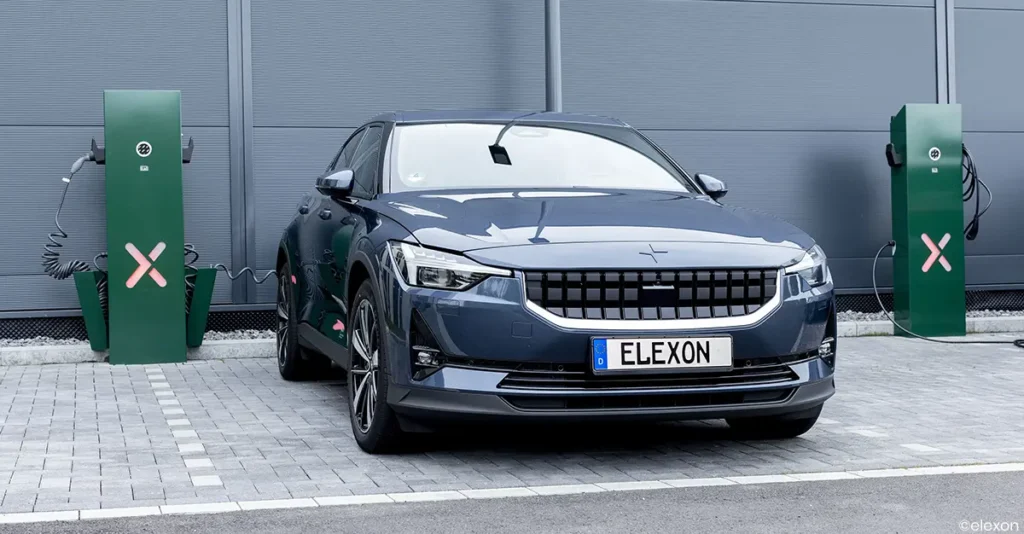
Blending electrification trends and sustainability goals with digital solutions
The market for electric vehicles has grown significantly. As a 360° system integrator, elexon uses
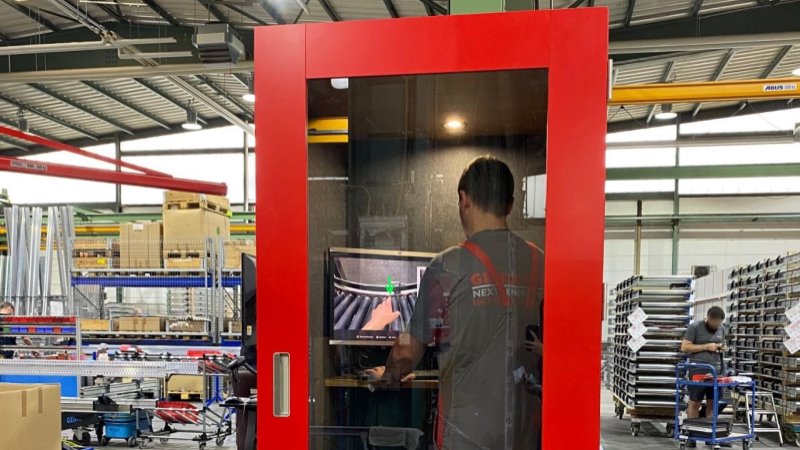




The market for electric vehicles has grown significantly. As a 360° system integrator, elexon uses

TÜV SÜD Energietechnik digitizes its processes with the smart service platform from oculavis. New standards

Holcim, a leader in the construction industry with 63,000 employees worldwide, has recently integrated the
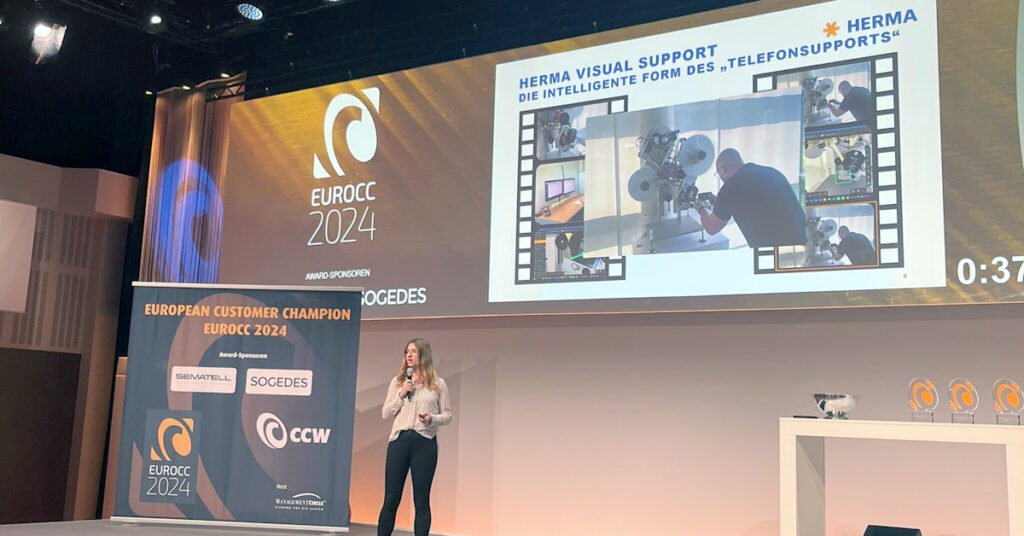
In a remarkable achievement that underscores the transformative power of digital innovation in customer service

Networking, automation, and data-driven services provide valuable insights into production processes in mechanical and plant
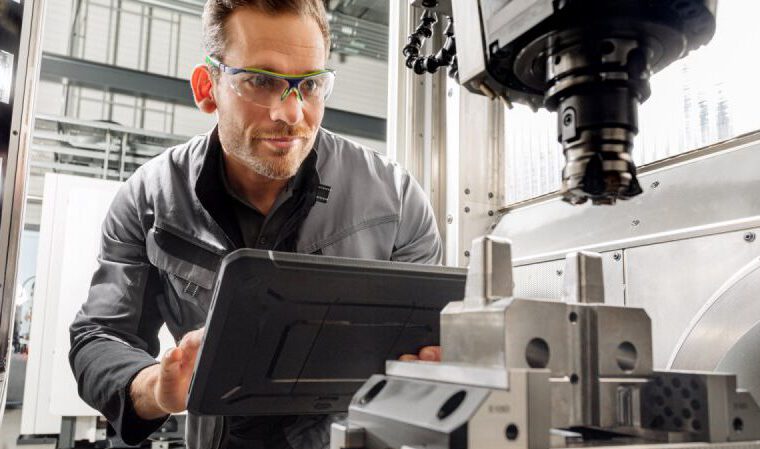
As a successful provider of visual assistance and augmented reality solutions, we can state one
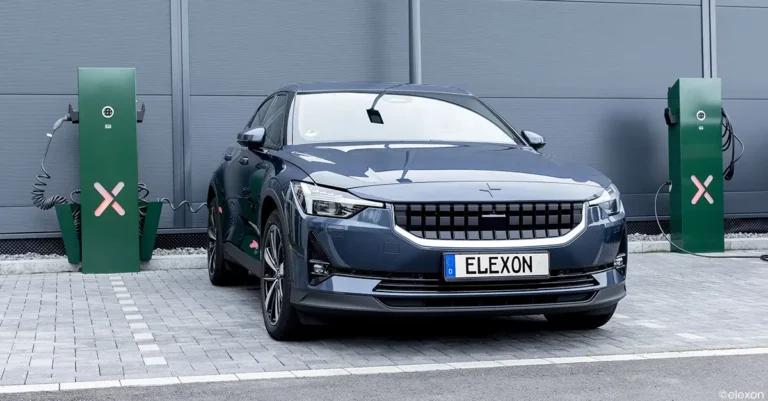
The market for electric vehicles has grown significantly. As a 360° system integrator, elexon uses

TÜV SÜD Energietechnik digitizes its processes with the smart service platform from oculavis. New standards

Holcim, a leader in the construction industry with 63,000 employees worldwide, has recently integrated the
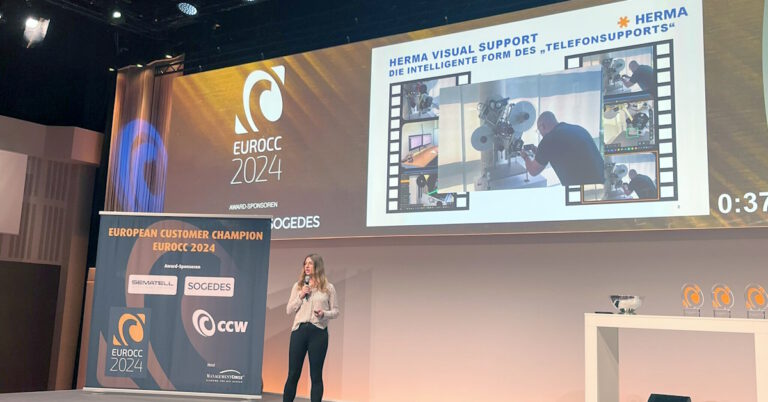
In a remarkable achievement that underscores the transformative power of digital innovation in customer service
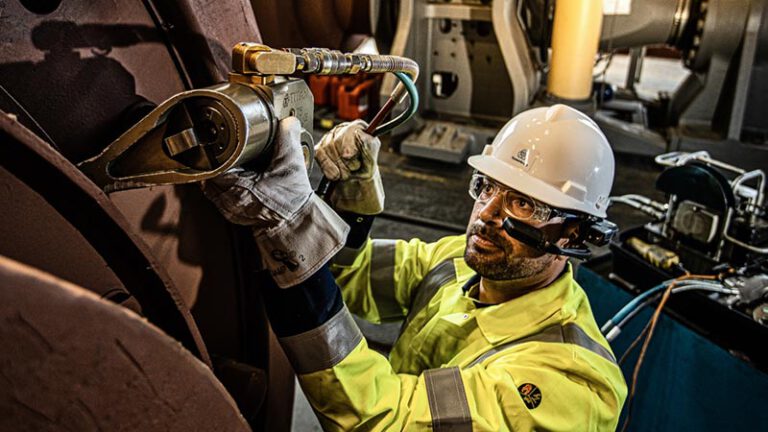
Networking, automation, and data-driven services provide valuable insights into production processes in mechanical and plant
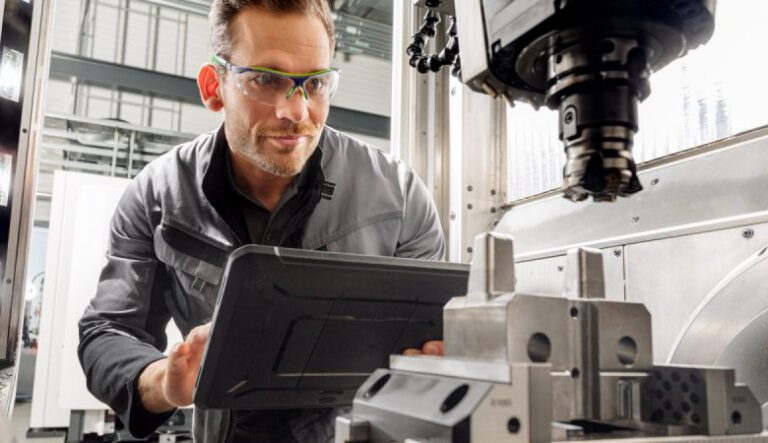
As a successful provider of visual assistance and augmented reality solutions, we can state one

KraussMaffei and oculavis introduce a service platform for maintenance and service in the VDMA magazine

In September 2021, oculavis GmbH and ISAP AG celebrate their second partnership anniversary.

As the leading full-service provider for the cement industry, the cement technologies business unit of
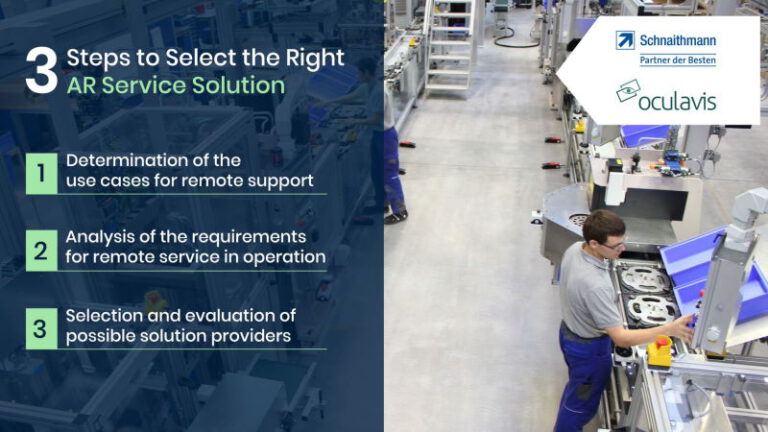
SCHNAITHMANN is a system integrator and automation specialist. With 245 employees

The current situation has changed a lot: We are shopping with mouth-and-nose masks, have reduced
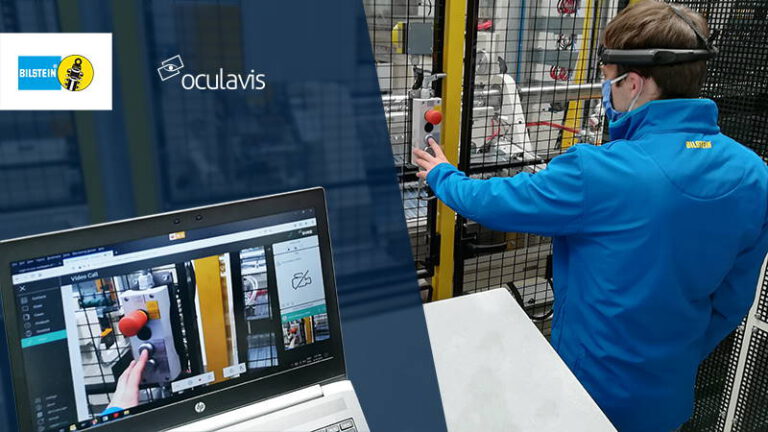
Tier 1 automotive supplier thyssenkrupp Bilstein relies on oculavis SHARE to connect its production sites
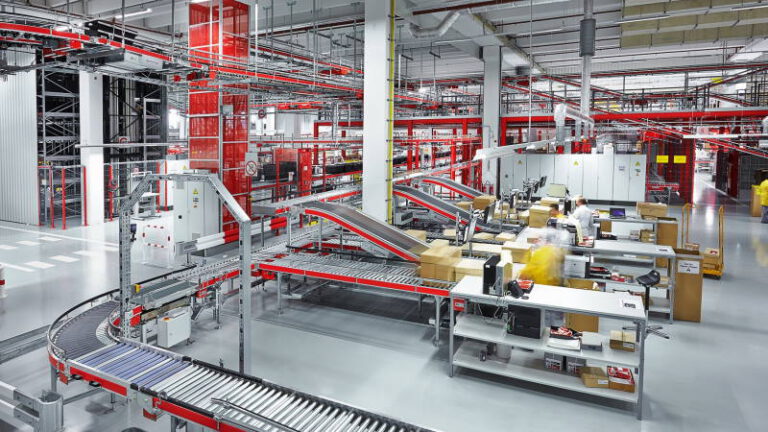
The GEBHARDT Intralogistics Group has successfully established a digital business model in after sales service
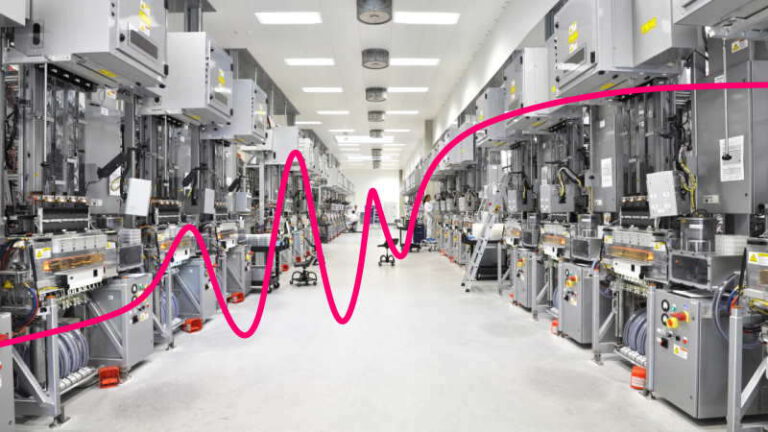
In the course of the Corona Pandemic, a large number of industrial companies have completely
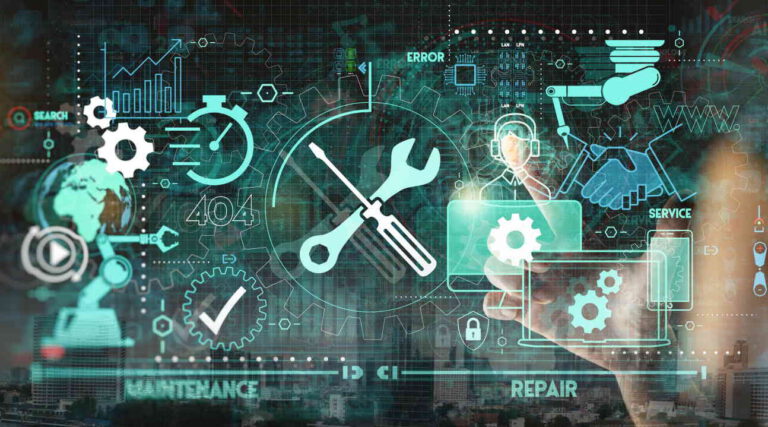
Many customers and interested parties from the mechanical and plant engineering industry tell me again
PRODUCT
Smart Service & Connected Worker Platform
Ticketing & Work Order Management
Standard Operating Procedures
Visual Assistance
Service Access Point
Management & Configuration
Integration
White Label Solutions
Secure & Scalable in the Cloud
Pricing & Licenses
SOLUTIONS
Machinery & Equipment Manufacturing
Manufacturing Industry & Automotive
Energy & Utilities
Pharma & Life Sciences
Construction Machinery & Off Highway
Certification & Industrial Services
Customer Service
Technical Field Service
Acceptances, Inspections & Audits
Technical Sales & Consulting
RESOURCES
